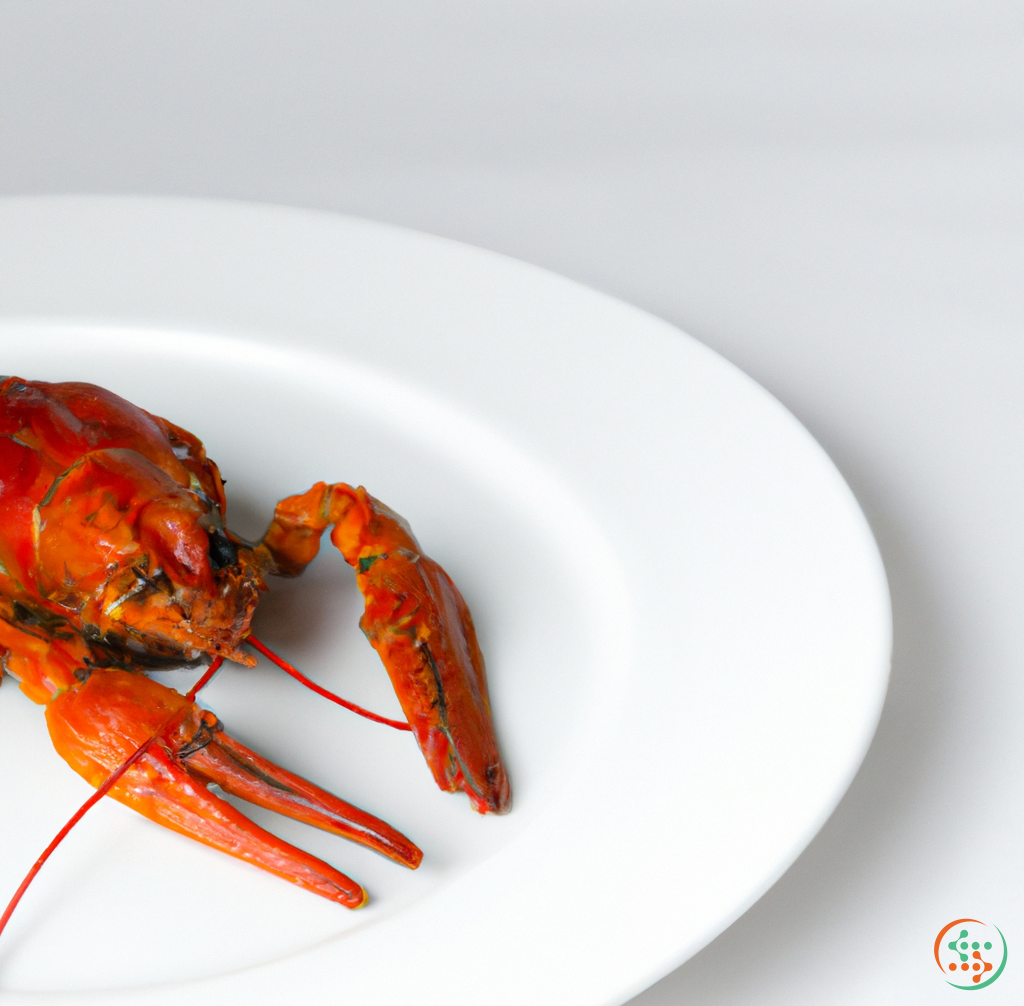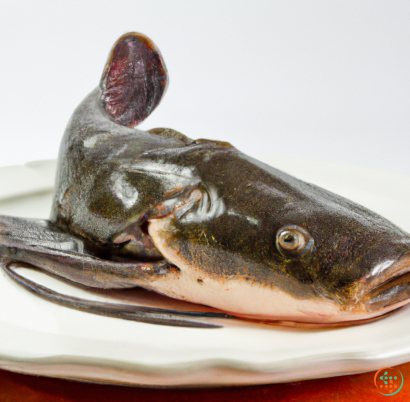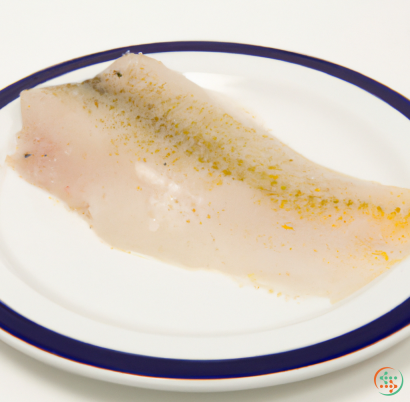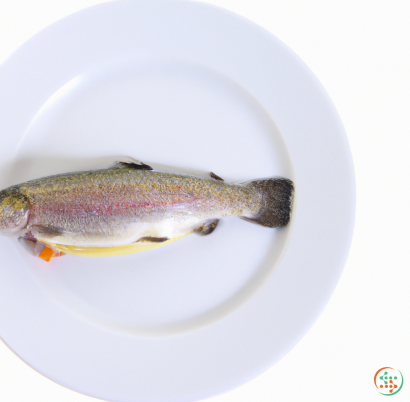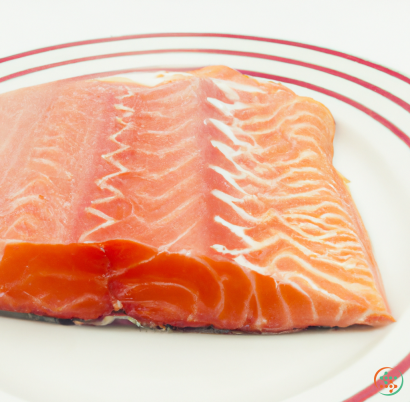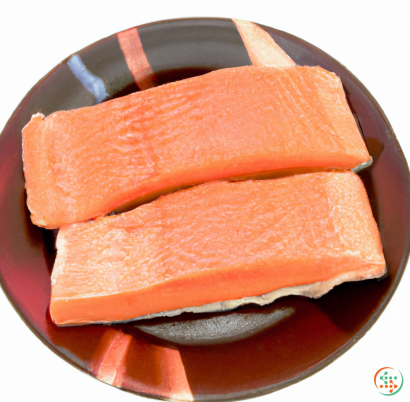Crayfish
and the role it plays in the environment
What is a Crayfish?
Crayfish are typically freshwater crustaceans. They are also sometimes referred to as crawfish, crawdads, freshwater lobsters, mountain lobsters, mudbugs, or yabbies. These creatures are highly abundant, with more than 500 existing species around the world.
While they usually measure just a few inches in length, crayfish can be found in pretty much any body of water, from lakes and streams to swamps and creeks. They are typically nocturnal, hiding in the dark during the day and coming out to feed during the night.
Crayfish Anatomy
The crayfish anatomy consists of a series of hard, jointed, overlapping plates that make up the upper shell, or carapace, which includes its legs, claws, and tail. The foundational pieces of the exoskeleton consist of chitin, a substance made up mostly of organic matter. The crayfish also has a single walking leg in front of the claws, and some species have large, powerful claws for attacking prey.
Internally, a crayfish has a series of organs like a stomach, alimentary canal, intestines, and small bladder near the hind quarters. It also features five pairs of appendages located below the carapace. Lastly, a crayfish has a pair of antennae used primarily to sense its environment and filter out particles from the water.
Behavior
When a crayfish aquires food, it will process it using its mandibles then pass it to its mouthparts where it is further chewed and then sent through the digestive system. When threatened, a crayfish will opt for running away rather than trying to fight due to their slow movement. For self-defense, they can use their sharp claws to crack the shells of their enemies.
In addition, crayfish are capable of making noises and building burrows in the muddy ground, allowing them to hide from predators and safety store food. They can also use the burrows for hibernation in colder weather. Some species of crayfish have been known to migrate in packs over short distances in search of food or optimal pond conditions.
Role in the Environment
Crayfish are important to freshwater systems because they provide many services to their ecosystem. They are traditionally regarded as an important source of food for other species of animals and play an integral role in cycling food, energy, and nutrients throughout the system.
Crayfish also ‘biodigest’ organic matter, breaking it down into components that can be used by other organisms. By breaking down the organic matter, they help to make the water more habitable by eliminating excessive levels of organic compounds like nitrogen that can otherwise disrupt local ecosystems.
In addition, crayfish are known to be efficient engineers in aquatic ecosystems due to the webs of tunnels and burrows they create throughout the mud and sands of their habitats. These tunnels serve as homes and protection for other species at the bottom of the food chain and they can also increase the stability of riverbanks and other water bodies.
Overall, crayfish are an important part of local freshwater ecology and an important food source for other species. Without them, the system would struggle to regulate its ecological imbalance and may even become damaged. It is for this reason why crayfish are often carefully managed in certain areas to ensure their wellbeing.
Introduction
From the fresh waters of a pond or stream to a dinner plate, the journey of a crayfish can be an interesting one. Crayfish, also known as crawfish, crawdads, and freshwater lobsters, are freshwater crustaceans that look like small lobsters. They’re found in every continent of the world except Antarctica, and they’ve been around for millions of years.
Crayfish play an important role in aquatic ecosystems, providing food for a variety of animals, such as fish, amphibians, and other aquatic life. They’re also an important part of the global seafood industry, both as a wild-caught and farmed resource.
In this blog post, we’ll explore the fascinating journey of the crayfish from the wild to the dinner plate. We’ll take a look at the stages of their life cycle, how they’re caught in the wild, and the aquaculture methods used to farm them. We’ll also explore the health benefits of eating crayfish, as well as some of the environmental issues associated with their consumption.
The Life Cycle of the Crayfish
The life cycle of the crayfish begins when they’re born as tiny, transparent larvae. This is known as the nauplius stage, and they feed on plankton until they reach a size of around 0.12 inches (3 mm). Now, they’re at the age where they’ll molt and become adults.
When the juvenile crayfish molts, it sheds its exoskeleton and creates a soft, new exoskeleton. During this phase, the crayfish is extremely vulnerable and can easily be attacked by predators. Once the new exoskeleton is fully formed, the crayfish will be about 0.4 inches (1 cm) long.
At this stage, the crayfish will begin foraging for food in the water and will grow to a maximum size of around 4-6 inches (10-15 cm). In the wild, crayfish typically live for 2-5 years. However, they can live longer if they’re kept in captivity and there are records of crayfish living up to 15 years.
Methods of Wild Crayfish Capture
Most crayfish consumed worldwide come from wild sources, with between 25-35 million pounds of wild crayfish being caught per year. There are several different methods of crayfish capture.
The most common method of capture is trap fishing, which involves trapping the crayfish in large, baited cages. Another popular method is the use of nets, which are dragged along a river bottom and seine nets, in which a section of the water is blocked off using two nets.
Both of these methods usually target adult crayfish. Fishermen will also sometimes use hand-held dip nets to capture smaller juvenile crayfish.
Crayfish Aquaculture
Farming crayfish is a growing industry that is becoming more popular in areas like the United States, China and India. There are two basic types of aquaculture systems used to raise crayfish:
The first is pond culture, which involves constructing a flooded pond and stocking it with juvenile crayfish that are raised in the water over a two-year period. The other type is indoor recirculating aquaculture, which uses special tanks or tanks with recirculating systems.
Both of these systems use artificial diets and feedstock, and the tanks are manually cleaned and the water quality maintained. The crayfish can reach market size in as little as 3-4 months of indoor aquaculture.
Health Benefits of Eating Crayfish
Crayfish are an excellent source of protein, vitamins, and minerals that can help maintain a healthy lifestyle. They’re low in fat and sodium, yet high in omega-3 fatty acids.
In addition, they’re a good source of essential minerals, such as calcium, magnesium, copper, and zinc. They also provide B vitamins, which are important for energy production and metabolism, as well as vitamin E, which is a powerful antioxidant.
Environmental Issues Associated with Crayfish Consumption
While crayfish farming can be beneficial to humans, it has some environmental impacts, such as water pollution, disruption of local ecosystems, and over-harvesting.
For example, crayfish farms typically involve the clearing of land, which removes vegetation and wildlife habitat, and can also lead to increased levels of sediment in nearby freshwater bodies. In addition, the farms use chemicals such as antibiotics and hormones to keep crayfish healthy, and these chemicals can find their way into local ecosystems causing pollution.
Finally, crayfish can be over-harvested from the wild as well. If too many are removed from a given area, that ecosystem can be negatively impacted, as crayfish play an important role in helping to keep populations of other aquatic organisms in check.
Conclusion
Crayfish are a delicious, nutritious seafood option for billions of people around the world. Wild-caught crayfish are an important part of the global seafood industry, while aquaculture is becoming increasingly popular for those looking to enjoy their taste. However, while crayfish can provide benefits to humans, it’s important to be mindful of the environmental impacts that their consumption can have.
Bibliography
Bouchereau, J.-L., Speare, M., & Blancheton, J.-P. (2010). Population dynamics of the crayfish Procambarus clarkii in a managed agricultural pond in south-western France. Aquaculture, 310(1-2), 176-180.
Engel, M. S., Januszewski, A., & Redecker, D. (2018). Crayfish, the forgotten ecosystem engineers. Science of The Total Environment, 627, 841-855.
McClendon, T. (2012). Wild Crayfish Sources Growing Scarce. Retrieved from: https://www.nps.gov/articles/wild-crayfish-sources-growing-scarce.htm
Platzer, E. G., Mount, D. I., & Jones, C. B. (2009). Food web and trophic position of crayfish: Effects of diet, body size, and secondary production. Oecologia, 160(2), 309-320.
Rabinowitz, J. (2017). Eating Crayfish: A Nutritionist’s Perspective. Retrieved from: https://www.conserve-energy-future.com/eating-crayfish.php
Zhang, M., Li, Q., Guo, Y., Zhu, H., Xie, W., & Guo, X. (2019). Recent advances in aquaculture of the fourth most important crustacean species in the world, freshwater crayfish: Current status and further prospects. Aquaculture Reports, 17, 100170.
| Vitamin A | 0.015 mg | |
| Vitamin E | 0.0015 grams | |
| Vitamin K | 0.1 ug | |
| Vitamin C | 0.9 mg | |
| Vitamin B1 | 0.05 mg | |
| Vitamin B2 | 0.09 mg | |
| Vitamin B3 | 0.00228 grams | |
| Vitamin B4 | 0.0809 grams | |
| Vitamin B5 | 0.58 mg | |
| Vitamin B6 | 0.08 mg | |
| Vitamin B9 | 0.044 mg | |
| Vitamin B12 | 0.00215 mg |
| Calcium | 0.06 grams |
Daily Value 1.3 g
|
| Iron | 0.83 mg |
Daily Value 0.018 g
|
| Magnesium | 0.033 grams |
Daily Value 0.4 g
|
| Phosphorus | 0.27 grams |
Daily Value 1.25 g
|
| Potassium | 0.296 grams |
Daily Value 4.7 g
|
| Sodium | 0.094 grams |
Daily Value 2.3 g
|
| Zinc | 0.00176 grams |
Daily Value 0.011 g
|
| Copper | 0.69 mg |
Daily Value 0.9 mg
|
| Manganese | 0.52 mg |
Daily Value 0.0023 g
|
| Selenium | 0.0367 mg |
Daily Value 0.055 mg
|
| Tryptophan | 0.234 grams | |
| Threonine | 0.676 grams | |
| Isoleucine | 0.811 grams | |
| Leucine | 1.329 grams | |
| Lysine | 1.457 grams | |
| Methionine | 0.472 grams | |
| Cystine | 0.188 grams | |
| Phenylalanine | 0.706 grams | |
| Tyrosine | 0.558 grams | |
| Valine | 0.786 grams | |
| Arginine | 1.463 grams | |
| Histidine | 0.341 grams | |
| Alanine | 0.947 grams | |
| Aspartic Acid | 1.731 grams | |
| Glutamic Acid | 2.856 grams | |
| Glycine | 1.009 grams | |
| Proline | 0.553 grams | |
| Serine | 0.66 grams |
| Total Sugars | 0 ug |
per 100g
|
| Myristic acid (14:0) | 0.01 grams |
|
| Palmitic acid (16:0) | 0.11 grams |
|
| Stearic acid (18:0) | 0.05 grams |
|
| Total Saturated fatty acids: | 0.17 g | |
| Erucic acid (22:1) | 0.05 grams |
|
| Oleic acid (18:1) | 0.15 grams |
|
| Palmitoleic acid (16:1) | 0.03 grams |
|
| Gadoleic acid (20:1) | 0.01 grams |
|
| Total Monounsaturated fatty acids: | 0.24 g | |
| Omega-3 Timnodonic acid (20:5) | 0.12 grams |
|
| Linolenic acid (18:3) | 0.03 grams |
|
| Linoleic acid (18:2) | 0.09 grams |
|
| Total Polyunsaturated fatty acids: | 0.24 g | |
| Cholesterol | 0.13 grams |
|
| Total Sterols: | 0.13 g | |
